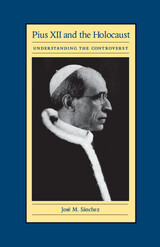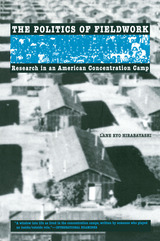Syntax of Hungarian: Non-Finite Verb Phrases
Amsterdam University Press, 2025
Cloth: 978-94-6372-937-6 | eISBN: 978-90-485-7386-8 (ePub) | eISBN: 978-90-485-5609-0 (PDF)
See other books on: Alberti, Gábor | Hungarian | Language Study | Linguistics | Syntax
See other titles from Amsterdam University Press
Cloth: 978-94-6372-937-6 | eISBN: 978-90-485-7386-8 (ePub) | eISBN: 978-90-485-5609-0 (PDF)
ABOUT THIS BOOK | AUTHOR BIOGRAPHY | TOC
ABOUT THIS BOOK
Syntax of Hungarian aims to present a synthesis of the currently available syntactic knowledge of the Hungarian language, rooted in theory but providing highly detailed descriptions, and intended to be of use to researchers, as well as advanced students of language and linguistics. As research in language leads to extensive changes in our understanding and representations of grammar, the Comprehensive Grammar Resources series intends to present the most current understanding of grammar and syntax as completely as possible in a way that will both speak to modern linguists and serve as a resource for the non-specialist.
The current volume discusses the internal make-up as well as the distribution of infinitival constructions. Topics that are covered include complementation and modification. The volume also provides a brief description of other non-finite constructions in Hungarian, such as different types of participle and converbs.
The current volume discusses the internal make-up as well as the distribution of infinitival constructions. Topics that are covered include complementation and modification. The volume also provides a brief description of other non-finite constructions in Hungarian, such as different types of participle and converbs.
See other books on: Alberti, Gábor | Hungarian | Language Study | Linguistics | Syntax
See other titles from Amsterdam University Press












